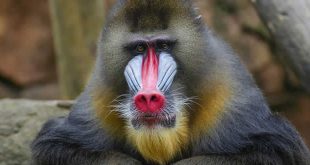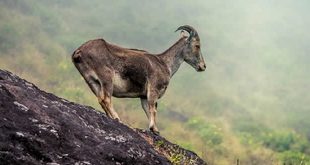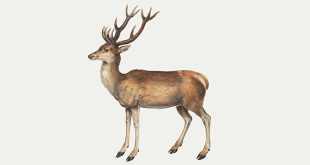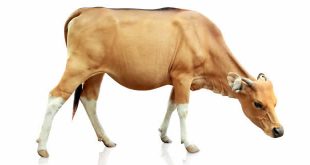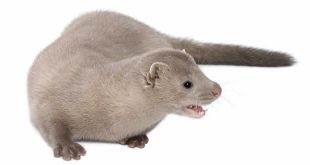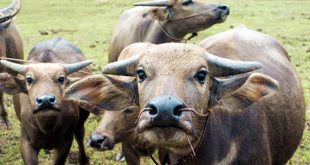 Lemur — Lemurs make up the infraorder Lemuriformes and are members of a group of primates known as prosimians. The term “lemur” is derived from the Latin word lemures, meaning “spirits of the night” or “ghosts”. This likely refers to their large, reflective eyes and the wailing cries of some species (the Indri in particular). The term is generically used for the members of the four lemuriform families, but it is also the genus of one of the lemuriform species, the Ring-tailed Lemur (Lemur catta). The two so-called flying lemur species are not lemurs, nor are they even primates.
Lemur — Lemurs make up the infraorder Lemuriformes and are members of a group of primates known as prosimians. The term “lemur” is derived from the Latin word lemures, meaning “spirits of the night” or “ghosts”. This likely refers to their large, reflective eyes and the wailing cries of some species (the Indri in particular). The term is generically used for the members of the four lemuriform families, but it is also the genus of one of the lemuriform species, the Ring-tailed Lemur (Lemur catta). The two so-called flying lemur species are not lemurs, nor are they even primates.
Lemurs are found naturally only on the island of Madagascar and some smaller surrounding islands, including the Comoros (where they were likely introduced by humans). Fossil evidence indicates that they reached Madagascar after it broke away from mainland Africa, possibly by “rafting” across the ocean on large clumps of vegetation. While their ancestors were displaced in the rest of the world by monkeys, apes, and other primates, the lemurs were safe from competition on Madagascar and differentiated into a number of species. These range in size from the tiny 30 gram (1 oz) Pygmy Mouse Lemur to the 10 kilogram (22 lb) Indri. The larger species, some of which weighed up to 240 kg, have all become extinct since humans settled on Madagascar, and since the early 20th century the largest lemurs reach about 7 kilograms (15 lbs). Typically, the smaller lemurs are nocturnal, while the larger ones are diurnal.
The small cheirogaleoids are generally omnivores, eating a variety of fruits, flowers and leaves (and sometimes nectar) as well as insects, spiders and small vertebrates. The remainder of the lemurs, the lemuroids are primarily herbivores, although some species supplement their diet with insects.
 Kids Portal For Parents India Kids Network
Kids Portal For Parents India Kids Network
